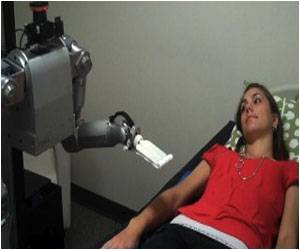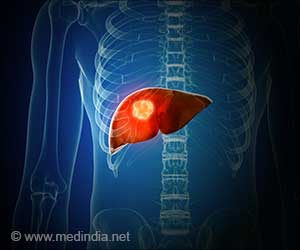European researchers have said that the walking patterns of crabs, lobsters and spiders walk are helping to inspire novel ways to get robots moving around.

Researchers have already put the control systems into a robot worm.
Fernando Herrero, one of the Spanish researchers, said that the rhythmic impulses are known as central pattern generators (CPGs), and are among the best known of all neural circuits.
CPGs allow the body to automate certain repetitive tasks, such as chewing or walking. Although the activity requires some initial input to get started, the repetitive motion effectively runs on autopilot.
One reason that CPGs are so well understood is that the relative simplicity of invertebrate neural systems, compared with those of mammals, makes it much easier to map how their nerves interconnect.
This access, said Herrero, has allowed researchers to understand the ways in which CPGs generate the rhythmic impulses that help a spider or crab scuttle around.
Advertisement
Traditionally, said Herrero, robot makers get their creations moving by defining a series of rules that dictates what the legs of that machine should do to get about.
Advertisement
The research has been described in the journal Bioinspiration and Biomimetics.
Source-ANI














